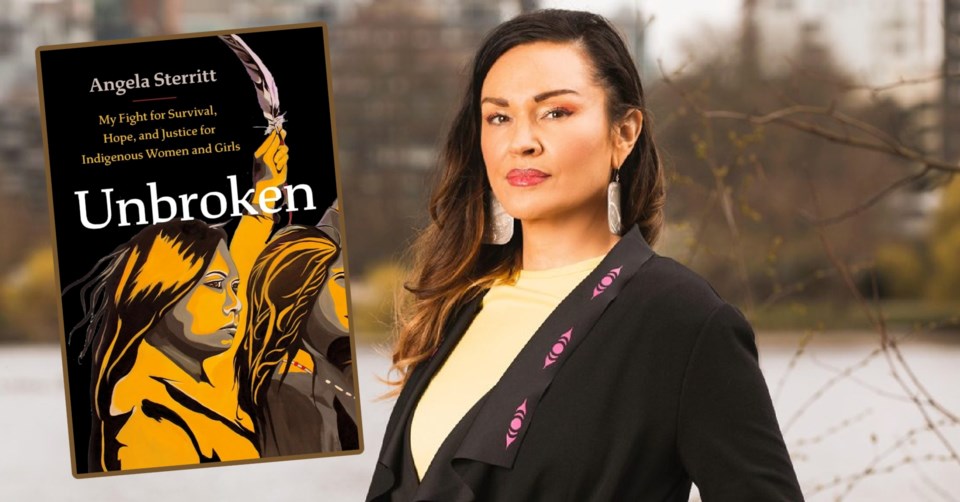Natasha Donovan

Photo courtesy of Natasha Donovan
A picture can speak a thousand words, and fans of illustrated classics would know what it really means! Graphic novels are a relatively new genre, and it is only now that the usefulness of incorporating them in classrooms is being discovered.
Our third storyteller knows all too well how powerful pictures can amplify textual messages. Natasha Donovan’s award-winning illustrations have brought numerous Indigenous stories and accounts to life. Her illustrations have not only graced the covers of books but also they have been featured prominently in picture books.
A member of the Métis Nation of British Columbia from Vancouver, Canada, Natasha identifies as a self-taught illustrator. While her work primarily focuses on comics and children’s books, Natasha has also worked on graphic novels, notably among which is “Borders” (King & Donovan, 2021), a graphic adaptation of a short story of the same name by the acclaimed author Thomas King. In Borders, Natasha’s illustrations add a layer of complexity and new meaning to the story of a young boy who crosses the Canada/US border along with his mother to visit his sister.
The love for children’s projects is in part due to her neurodivergent brain that allows her to better relate to children, and her admiration for their imagination and capacity to express freely without restrain. Natasha has won several awards for her work and is resolute in her mission to bring joy to the banality of life, while ensuring that her book can narrate stories of loneliness and delight, thereby making them accessible to all.


 This candid memoir tells the journey of Jesse Thistle, a man of Métis-Cree and Algonquin-Scottish heritage, as he shares stories of his childhood trauma, addiction, crime, homelessness and all it took for him to survive the lifestyle he was living. It took Jesse a long time to reach the point where he was willing to accept help to deal with his psychological and physical damage that was rooted in multi-generational trauma from both sides of his family. This story of resilience and strength also speaks to the important role that connecting with his Indigenous heritage played in Jesse’s recovery.
This candid memoir tells the journey of Jesse Thistle, a man of Métis-Cree and Algonquin-Scottish heritage, as he shares stories of his childhood trauma, addiction, crime, homelessness and all it took for him to survive the lifestyle he was living. It took Jesse a long time to reach the point where he was willing to accept help to deal with his psychological and physical damage that was rooted in multi-generational trauma from both sides of his family. This story of resilience and strength also speaks to the important role that connecting with his Indigenous heritage played in Jesse’s recovery.